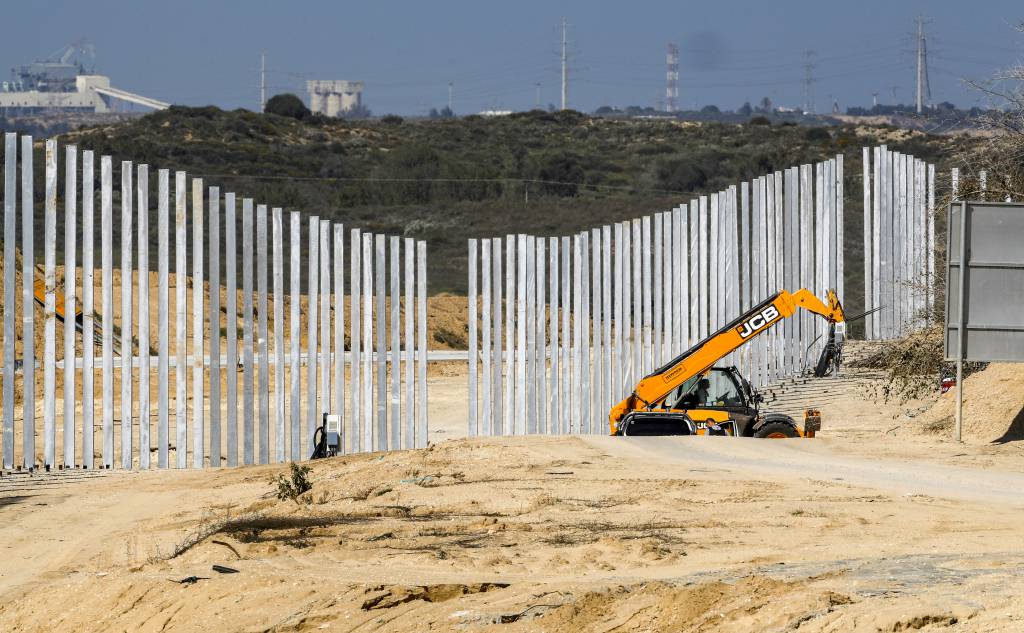Approval for the construction of the Gaza fence is thus a response both to a perceived security threat and to complaints from the leaders of the settlements in the areas immediately adjacent to the strip, who say the Israeli army is failing to protect them. In addition, the fence aims to further separate the Gaza Strip from the West Bank and East Jerusalem, potentially ending for good the possibility of a two-state solution.

In February 2019, Israel moved into the last phase of construction of a six-metre-high galvanized steel fence that will completely surround the Gaza Strip. The fence will run for 65 kilometres, from Zikim in the north to the Kerem Shalom crossing in the south, and will sit above an underground concrete section fitted with advanced sensors and monitoring devices.
It will also connect to a barrier built out into the Mediterranean Sea following the 2014 war, when Israeli forces killed four Hamas gunmen who managed to cross into its territory by sea. The underwater wall and breakwater were completed in January 2019.
The construction is being jointly carried out by the Israel military forces, Defense Ministry Borders and Security Fence Directorate. The overall project is due to be completed by the end of the year, according to the Israeli army, and is expected to cost around $830 million.
Israeli Prime Minister Benjamin Netanyahu said the fence was needed to “prevent the infiltration of terrorists into our territory”. It is part of a broader security strategy aimed at building barriers between Israel and all neighbouring states to protect the country from what Netanyahu called “wild beasts”. These barriers include a 200km fence on the border with Egypt, a 70km fence on the border with Syria in the contested Golan Heights, a 130km fence on the border with Lebanon, a 30km fence on the Jordanian border and a separation wall around the West Bank, which, according to the United Nations, will run for 712km once completed.
Although the Israeli authorities have invoked security reasons for building the latest fence, they are also pursuing political goals. According to an analysis by Masarat, the Palestinian Center for Policy Research and Strategic Studies, Hamas’ ability to create an effective offensive force during the 2014 war sparked controversy within Israeli security circles, prompting a rethink of their strategy to avoid similar failures in the future, in particular regarding the neutralization of attack tunnels under the border.
Approval for the construction of the Gaza fence is thus a response both to a perceived security threat and to complaints from the leaders of the settlements in the areas immediately adjacent to the strip, who say the Israeli army is failing to protect them. In addition, the fence aims to further separate the Gaza Strip from the West Bank and East Jerusalem, potentially ending for good the possibility of a two-state solution.
According to journalist and researcher Basem Aly, the fence may also seriously compromise any Palestinian strategy to obtain concessions from Israel. In his opinion, the shrinking space for armed struggle will deprive Palestinians of a significant tool in any negotiation process.



